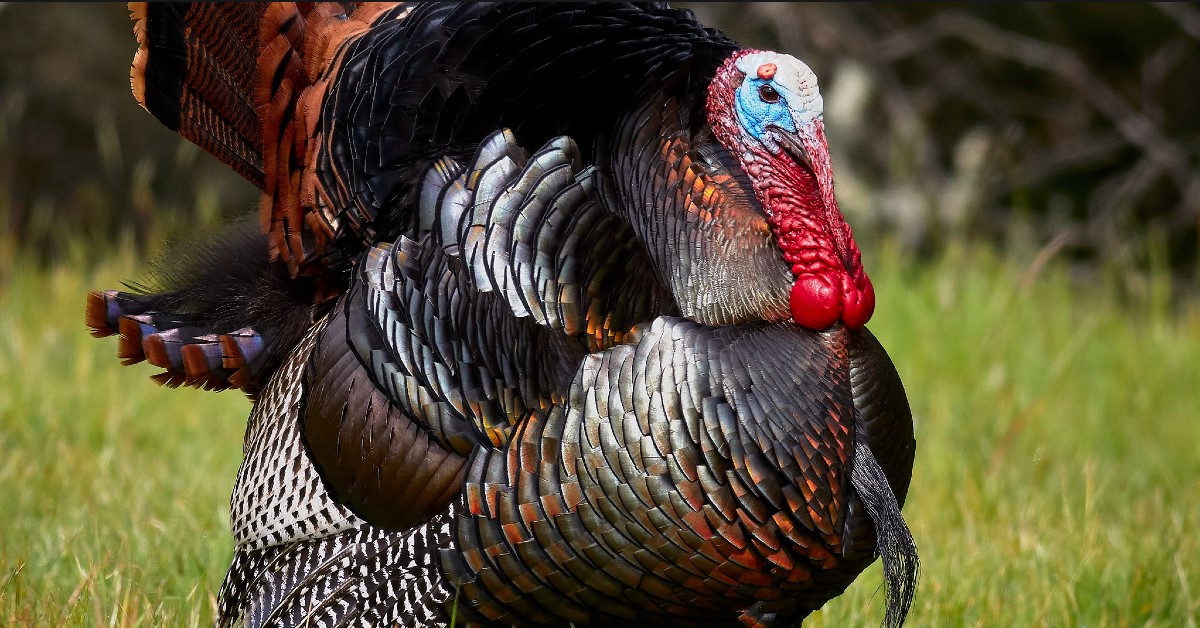2020 has been…a lot.
First COVID, then the election, plus fires and murder hornets galore. Honestly, it’s exhausting just thinking about everything the year has put us through. This is doubly true if you happen to be a teacher. On top of every other crisis, teaching has now become infinitely more complicated. Given these conditions, you’d be forgiven for not feeling particularly thankful, but I believe thankfulness is exactly what our students need right now.
Thanksgiving has always been something of an overlooked holiday. It lacks the autumn flair of Halloween or the frosted wonder of Christmas (be honest, how many of you have already started listening to Christmas music?) Nevertheless, the holiday’s message of gratitude and generosity has seen our country through some of its darkest chapters. In fact, many of holiday’s most consequential moments came during difficult and uncertain times.
Early Thanksgiving
Consider this:
The first Thanksgiving was said to have been celebrated in 1621 by pilgrims in Massachusetts. They had endured a troubled ocean crossing, survived a brutal winter, and experienced their own share of disease, yet still found moments to celebrate and be thankful.
Thanksgiving became more widespread on October 3, 1863, thanks to Abraham Lincoln. Expressing gratitude for a pivotal Union Army victory at Gettysburg, President Lincoln announced that the nation would celebrate an, “official day of Thanksgiving.” Even during a civil war, people remembered to gather and give thanks.
Thanksgiving became a federal holiday on December 26, 1941, when President Franklin D. Roosevelt signed it into law. This was mere days after the attack on Pearl Harbor and the United States’ entrance into WWII. Despite the fear and anger permeating the country, Americans chose to celebrate gratitude.
For my part, I think it’s comforting that generations before us found ways to be thankful even amidst such turmoil. It couldn’t have been easy, but they knew it was important and had the grit to see it through. To honor this tradition, I believe we educators should do the same.
Turkey Time!
Teach your students to be givers of gratitude:
- Gratitude Alphabet: Using letters in a hat, or a digital randomizer, such as Flippity, randomly select a letter each day. Challenge the students to identify what they are grateful for that starts with that letter. Consider keeping a class list or have students record their response in a gratitude journal.
- Shout Outs: Build your grateful classroom by making connection rituals, like shout outs, a norm. During class, let students know that it is “shout-out” time. Allow them to share a quick affirmation to another student. After each affirmation, have the rest of the class snap their fingers or clap to acknowledge that shout out. Here is an example of this strategy in action.
- Gratitude Scavenger Hunt: Engage your students in a virtual scavenger hunt where they find examples of things they are thankful for and share with the class.
- Gratitude Visit: Have students write a letter to someone who has helped them but who they have not yet thanked. Students read their letter to him or her in person (or virtually) and share their experience with the class. The Greater Good Science Center found that students who participated in this activity showed greater ‘positive emotions’ even 2 months after the study.
- Moments to Remember: A great way to help your students be the good in the world is to engage them in purposeful and authentic learning. In the PBL unit, Moments to Remember, students make friends with residents in a retirement community. They share experiences, learn from each other, and break through the generational gap. As a gesture of gratitude, students craft a biography of the meaningful moments of their senior friend’s life and share these stories with them and the world. Which is just what we all need now–good stories!
Happy Holidays
This year has been full of challenges, but we can still spread a little cheer this season by celebrating thanksgiving with our students. Remind them to be thankful and help lift them out of the doldrums of our current circumstances. It may take a while, but the world won’t be this way forever. So, for the moment, let’s celebrate, be grateful, and enjoy the season together!
We hope you are all staying healthy and safe during this difficult time. For more free educational resources, or ideas on how to promote healthy Social-Emotional Learning, simply follow this link!
*Image courtesy of Frank Schulenburg via wikimedia commons.

